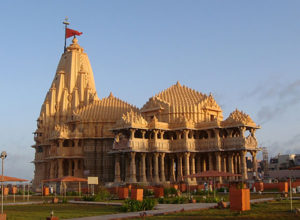 How Derived: Past Life Memories in Childhood
How Derived: Past Life Memories in Childhood
Researchers: Committee of Inquiry convened by Mahatma Gandhi
From: I Have Lived Before: The True Story of the Reincarnation of Shanti Devi by Sture Lonnerstrand
Article by: Walter Semkiw, MD
The Life and Death of Lugdi Devi
Lugdi Devi, which means “heavenly doll,” was born on January 18, 1902 in the town of Mathura, also known by locals as Muttra, which is located about 15 miles south of New Delhi. Her father’s name was Chaturbhuj and her mother’s name was Jagti Devi.
Lugdi was a very devout girl who worshiped the Hindu god Krishna. Muttra is considered the home city of Krishna and the Dvarkadish Temple there was built in Krishna’s honor.
 When she was old enough to wed, her father, Chaturbhuj , who was poor, went into debt to provide a dowry substantial enough for her to marry a wealthy citizen, Kedar Nath Chaubey. Kedar was a Brahmin, a member of the highest caste in India.
When she was old enough to wed, her father, Chaturbhuj , who was poor, went into debt to provide a dowry substantial enough for her to marry a wealthy citizen, Kedar Nath Chaubey. Kedar was a Brahmin, a member of the highest caste in India.
Lugdi and Kedar were married during the Navaratri festival in Muttra. Kedar had a cousin named Kanji Mal Chaubey, who lived with the couple.
Lugdi became pregnant. She had a difficult pregnancy and had much pain during the period of gestation. On September 25, 1925, she bore a son who the couple named Naunita Lal Chaubey. There were complications to the pregnancy and on October 4, 1925, Lugdi died.
Ludgi Reincarnates as Shanti Devi Mathur
Fourteen months later after Lugdi died, a girl was born in New Delhi. Her mother’s was Prem Pyari Mathur and her father was Rang Bahadur Mathur. The couple named their daughter Shanti Devi Mathur.
After her fourth birthday, Shanti started to talk about a past life husband. She said: “I am a Brahmin wife from Muttra.” She related that her husband was waiting for her in Muttra.
Like in many childhood past life memory cases, she told her parents that this was not her real home. She added that the clothes that she was wearing were not her real clothes.
 In addition, Shanti told Prem that “you are not my real mama” and that “you don’t look like her.” Though her family was not vegetarian, she told her parents that “in Muttra we don’t eat meat.” She said that it was not right to kill animals. She said that she wanted “sattvic” food. Her parents had no idea how she knew that word, as they never used it. Sattvic foods are obtained without harming an organism and as such, are vegetarian foods. Only Sattvic foods are acceptable as offerings to Hindu gods.
In addition, Shanti told Prem that “you are not my real mama” and that “you don’t look like her.” Though her family was not vegetarian, she told her parents that “in Muttra we don’t eat meat.” She said that it was not right to kill animals. She said that she wanted “sattvic” food. Her parents had no idea how she knew that word, as they never used it. Sattvic foods are obtained without harming an organism and as such, are vegetarian foods. Only Sattvic foods are acceptable as offerings to Hindu gods.
Shanti had friends who were twins, named Prabhash and Subhash. Their father was a prosperous attorney, Tara Chand Mathur. When Shanti was with the twins she drew a picture of a temple. Prabhash noted it did not look like the temple in their neighborhood. Shanti replied that she drew the Dvarkadish Temple in Muttra. She added that her husband has a large store in near this temple.
Shanti Reveals Her Past Life Address
 Shanti related that she danced for her husband while wearing ankle bracelets, which are called chureys. She said that they lived on a street named after her husband’s family, specifically, the ninth house on Chaubey Street in Muttra. She also stated that her name was not Shanti Devi, but Lugdi Devi. When she was eight years of age, Shanti revealed that her past life husband’s name was Kedar Nath. She related that in her past life, her father’s name was Chaturbhuj and her mother’s name was Jagti.
Shanti related that she danced for her husband while wearing ankle bracelets, which are called chureys. She said that they lived on a street named after her husband’s family, specifically, the ninth house on Chaubey Street in Muttra. She also stated that her name was not Shanti Devi, but Lugdi Devi. When she was eight years of age, Shanti revealed that her past life husband’s name was Kedar Nath. She related that in her past life, her father’s name was Chaturbhuj and her mother’s name was Jagti.
With this address, 9 Chaubey Street, the past life name of Lugdi Devi Chaubey and the past life husband’s name of Kedar Nath Chaubey, there arose a way to research Shanti’s claimed past life.
The headmaster of the school that Shanti attended, whose name was Lala Kishan Chand, and a teacher, Bishan Chand, heard about her claims of having a husband in Muttra. They concluded that Shanti’s statements referred to a past lifetime. Lala Kishan Chand took the initiative to write a letter to Kedar Nath Chaubey at 9 Chaubey Street in Mattra regarding this hypothesis.
Shanti’s Past Life Husband sends an Envoy
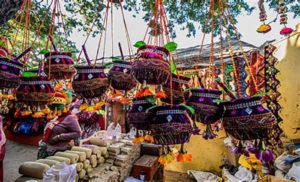 The headmaster was rewarded by receiving a reply from Kedar that he indeed had a wife named Lugdi Devi and that he has a store near the Dvarkadish temple, as Shanti had reported. Kedar related that he has a cousin in New Delhi whose name is Kanji Mal Chaubey, who he has written to asking that Kanji to meet this girl who claims to be his reincarnated wife.
The headmaster was rewarded by receiving a reply from Kedar that he indeed had a wife named Lugdi Devi and that he has a store near the Dvarkadish temple, as Shanti had reported. Kedar related that he has a cousin in New Delhi whose name is Kanji Mal Chaubey, who he has written to asking that Kanji to meet this girl who claims to be his reincarnated wife.
When Shanti was still eight years old, Kanji Mal Chaubey went to meet her at her home in New Delhi. As soon as he entered their house, Shanti stated: “You are my husband’s cousin.”
Shanti added that Kedar is her husband and that he is a businessman in Muttra. She told Kanji that he lived with us when I was Lugdi Devi. You had difficulty trying to find a home you liked and that is why you wanted to stay with us. I remember more and more now. You didn’t want to work for Kedar because you wanted to be independent. All this was true.
Kanji then asked, how many brothers did your husband have. Shanti then replied that her husband only has one brother, which was true. Kanji then asked whether the brother was older or younger than Kedar. Shanti replied older, which was accurate.
Shanti then said she remembered his name, Kanji Mal Chaubey, which was correct. Kanji then related that he came to meet Shanti as a skeptic, but that he was now a believer. He wrote to his cousin, Kedar, to come visit this girl.
Shanti’s Past Life Husband Arrives with a Disguise
Kedar did travel from Muttra to New Delhi to meet Shanti, but to test her, he decided to go in a disguise. When he appeared at the Mathur home, he introduced himself as Ram Chaubey, the brother-in-law of Kedar.
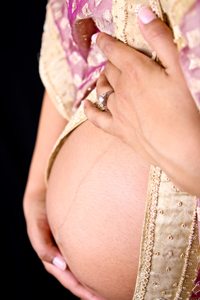 Shanti, though, recognized him and said that he is Kedar Nath Chaubey. After that, a boy entered the house. Shanti knew that he was her son from her past lifetime. She related that this is my son, my beloved Naunita Lal. After a moment of confusion and rejection of Shanti, Naunita returned and they embraced.
Shanti, though, recognized him and said that he is Kedar Nath Chaubey. After that, a boy entered the house. Shanti knew that he was her son from her past lifetime. She related that this is my son, my beloved Naunita Lal. After a moment of confusion and rejection of Shanti, Naunita returned and they embraced.
Shanti then asked whether Kedar kept his promise to her. Kedar asked what he had promised. Shanti responded: “On my deathbed you promised me you would never get married again.” Kedar confessed that he was not able to keep this vow.
Shanti Recalls a Past Life Infidelity and a Special Sexual Position
Shanti then told Kedar how she remembered how he betrayed her. When she was enduring the difficult pregnancy with Naunita Lal, she observed that the nurse that had been hired to take care of her as Lugdi had a romance with her husband, Kedar. Though she had a bone splinter in her foot, which made it difficult to walk, she managed to make her way from her room to where she saw Kedar and the nurse embracing each other in another room.
Kedar was astonished that Shanti knew of this occurrence and asked Shanti for forgiveness. Kedar, in shame, acknowledged that this was all true.
Shanti them revealed that she remembered that when she was pregnant and great pain, Kedar still wanted to have sex with her. Shanti related that due to discomfort, she could only have intercourse in a particular position and that Kedar almost forced himself on her. Kedar, in embarrassment, recoiled and asked: “How do you know about that?” After she revealed her memories of the nurse and the special sex position, Kedar again asked for Shanti’s forgiveness.
Mahatma Gandhi Convenes a Panel to Research the Shanti Devi Reincarnation Case
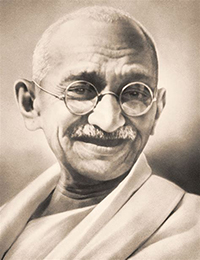 Mahatma Gandhi heard about the past life case involving Shanti Devi Mathur and went to visit her in New Delhi. It was an extraordinary event when Gandhi came to the home of the Mathur family. Gandhi encouraged Shanti to travel to Muttra with an esteemed panel of men, including the attorney, Tara Chad Mathur, to investigate this reincarnation case.
Mahatma Gandhi heard about the past life case involving Shanti Devi Mathur and went to visit her in New Delhi. It was an extraordinary event when Gandhi came to the home of the Mathur family. Gandhi encouraged Shanti to travel to Muttra with an esteemed panel of men, including the attorney, Tara Chad Mathur, to investigate this reincarnation case.
Shanti Spontaneously Recognizes Past Life Relatives in Muttra
On November 25, 1935, a party of 15 people from New Delhi traveled with Shanti, who was still eight years old, to Muttra. At the train platform in Muttra, Shanti recognized an older man, ran to him and placed her arms around his legs. She told the party that his man was her brother-in-law when she was Lugdi. She asked the man if he had taken care of her holy basil plant, as he had promised. The man related that is name was Ram Chaubey, that she was Lugdi’s brother-in-law and that he indeed promised to take care of Lugdi’s plant before she died.
Shanti then started to lead the group to her past life home. The group waved down several taxis and as the caravan made its way, Shanti had her cab driver stop near a narrow street with trees, indicating that they could walk from this point. Shanti explains that they were going to the first home that Lugdi and Kedar lived in when they were newly married.
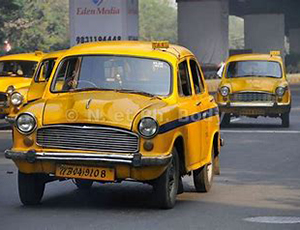 On the way, Shanti recognized another elderly man, ran to him and kissed his hands. She explained to the group that this is her past life father-in-law, Mahadev Chaubey. She said to him: “It was you, babu Mahadev, who gave me my chureys, my ankle bracelets. Do you remember? You said: ‘She shall dance in Krishna’s honor, she is as agile as a gopi, one of those pure girls who love God.’ You appreciated my dancing.”
On the way, Shanti recognized another elderly man, ran to him and kissed his hands. She explained to the group that this is her past life father-in-law, Mahadev Chaubey. She said to him: “It was you, babu Mahadev, who gave me my chureys, my ankle bracelets. Do you remember? You said: ‘She shall dance in Krishna’s honor, she is as agile as a gopi, one of those pure girls who love God.’ You appreciated my dancing.”
Mahadev admitted, “Those were my own words. Then you have returned, Lugdi Devi. Blessed be the Lord.”
Geographic Memory: Shanti Finds her Past Life Homes
Shanti then scurried down the road, excitedly relating that her past life home was nearby and that it is yellow. When she arrived at the house, she was disappointed to she that the house was white, not yellow. The door was open and Shanti went straight in. Inside, a man explained that he was renting this house from Kedar Nath Chaubey. When they first occupied the home, it was yellow, but they had painted the exterior white at their own cost. Shanti then showed the group where her and her husband’s rooms were and where their beds were located. The tenant related that when they initially inspected the house they did observe the layout of the couple’s rooms and that Shanti’s description was accurate.
The group now traveled on to 9 Chaubey Street, the location where Kedar and Lugdi lived at the time of Lugdi’s death. On that street, Shanti ran to a young man and stated: “It’s my brother. Nuthura Nath.” “My brother and I were so alike” She related to him: “You became angry when people thought you were like your sister, do you remember?”
The young man nodded and asked her if she knows the names of her other two brothers. Shanti corrected responded Vitala Nath and Ayodhya Nath.
When they approached 9 Chaubey Street, Shanti said: “It was here I spent the happiest time of my life, but also the most difficult. I was extremely ill.”
Kedar and his new wife, as well as Naunita Lal, Lugdi’s son, were waiting inside the house. Shanti kissed her past life son. She then went upstairs and found the room that she had occupied in prior lifetime was empty. She correctly identified where her bed had once been situated. She also revealed a secret hiding spot underneath floorboards where she had hidden money, but found that the money was gone. Kedar explained that he used the money to pay for Lugdi’s funeral.
Like a Dalai Lama, Shanti Sorts out Which are Her Past Life Possessions
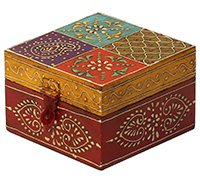 Shanti asked for her jewelry. Kedar fetched a jewelry box and Shanti proceeded to sort out what were hers, as Lugdi, and what belonged to Kedar’s new wife. She then decided to show the group the well she used in her past lifetime in the courtyard of the property. She pointed to a corner of the yard, but there was no well. Kedar reported that the well was there, but the water became contaminated and the well was boarded up.
Shanti asked for her jewelry. Kedar fetched a jewelry box and Shanti proceeded to sort out what were hers, as Lugdi, and what belonged to Kedar’s new wife. She then decided to show the group the well she used in her past lifetime in the courtyard of the property. She pointed to a corner of the yard, but there was no well. Kedar reported that the well was there, but the water became contaminated and the well was boarded up.
Shanti Recognizes her Past Life Parents
The party then summoned taxis to take then to the Dvarkadish Temple. On the way, Shanti had her cab stop near a white wall and getting out, Shanti found an entrance that led to a large garden behind the wall. Shanti explained that this was her childhood home. People were in the garden having a party. Shanti ran up to an elderly woman, who turned out to be Lugdi’s mother. She exclaimed, “Mama, Mama, Jagti Devi. It’s Lugdi Devi, your daughter.”
She then saw her past life father, Chaturbhuj. Shanti told him that he was very poor and put himself into debt to provide a sufficient dowry for her to marry Kedar Nath Chaubey. Chaturbhuj confirmed that this was true. After this meeting with her past life parents, Shanti and the party continued onto the Dvarkadsih temple where the golden stature of Krishna welcomed them.
In the end, The Committee of Inquiry concluded that the reincarnation case of Lugdi Devi Chaubey | Shanti Devi Mather was a valid one, one that Mahatma Gandhi endorsed.
Shanti’s Memories of the Interval Between Death and Rebirth
Shanti Devi was interviewed by the Swedish journalist Sture Lonnerstrand, who wrote the book this article is based on. Shanti related to him that she had memories of what happened to her after her death as Lugdi Devi Chaubey. Shanti stated that she observed a doctor and a nurse examining her body to certify that she was dead. She stated that Kedar wanted to kiss her mouth but that the doctor restrained him.
She related that she was aware that her body was taken back to the house where she had lived, where it was wrapped in silk and linen, covered with flowers and carried on a bier made of bamboo cane poles. Kedar then lit the wood, so that Lugdi’s body would be cremated. At that point Shanti said that she was aware of an infinite bright light.
After that point, Shanti said that she felt free and had shrunk to a tiny size, like a particle of dust. She said that it was as if she was a germ which drifted around, yet she felt that the whole universe was inside of her. She said that all her incarnations were contained within this tiny germ.
She related that all her memories returned in a concentrated form and then she developed a great yearning to become a woman again. The experience of floating ceased when it felt that she had been affixed to something, which he later realized was a womb. She had begun her incarnation to be born as Shanti.
The Phenomenon of Spirit Being Orbs
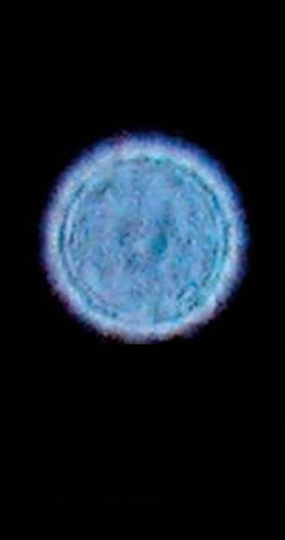 Of interest, Shanti’s description of becoming tiny, like a germ, seems to correspond to images of spherical objects now being captured on digital cameras that are called orbs. Though some orbs are caused by dust or water droplets, not all orbs can be explained by these optical effects.
Of interest, Shanti’s description of becoming tiny, like a germ, seems to correspond to images of spherical objects now being captured on digital cameras that are called orbs. Though some orbs are caused by dust or water droplets, not all orbs can be explained by these optical effects.
In my work with Kevin Ryerson, who channels a highly intelligent spirit being named Ahtun Re, I asked about orbs. Ahtun Re told me that true orbs are indeed representations of spirits, of what in various philosophies have been called the bindu or the permanent atom of a soul. Shanti’s description of floating as a tiny germ, conscious of interconnection with all beings, is likely what it feels like to be a spirit orb. To learn more about orbs, please go to:
The Orb Phenomenon
Geographic Memory: Without prompting, on her first visit to Muttra, Shanti was able to lead The Committee of Inquiry to her past life childhood home, the first house she lived in with Kedar and the house she lived in at the time of her death.
Spirit Beings in Reincarnation Cases: Shanti described her experiences in the spirit world following the death of Lugdi and prior to her birth as Shanti.
Relationships Renewed through Reincarnation: Lugdi was reunited with her family through her incarnation as Shanti.
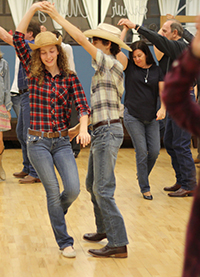 How Derived: Past Life Memories in Childhood
How Derived: Past Life Memories in Childhood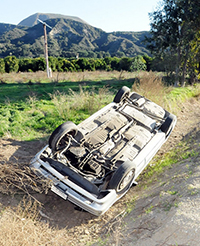 Though Catherine grieved Walter’s death, about a year later, in June 1968, she married another boyfriend, whose name was Frederick Wright.
Though Catherine grieved Walter’s death, about a year later, in June 1968, she married another boyfriend, whose name was Frederick Wright.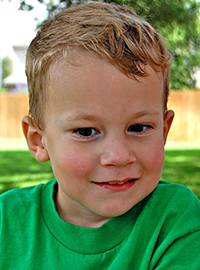 When Michael was three years old, he startled his mother by uttering the name of Walter’s sister, Carole Miller.
When Michael was three years old, he startled his mother by uttering the name of Walter’s sister, Carole Miller.
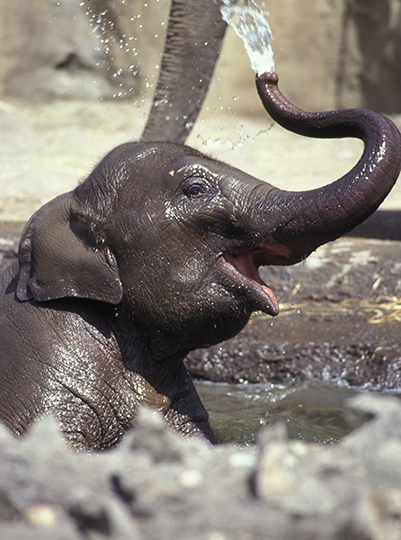
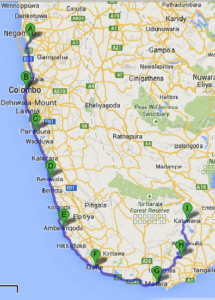
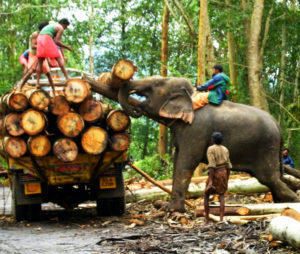
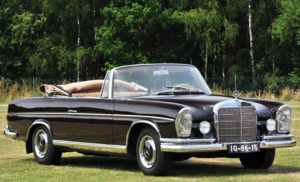
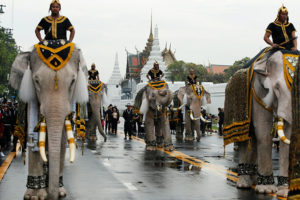
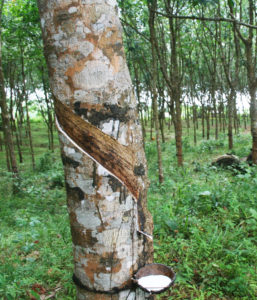
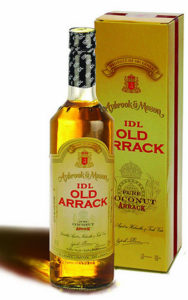
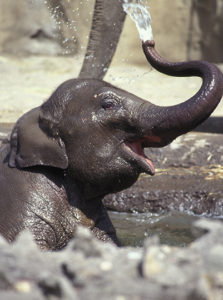
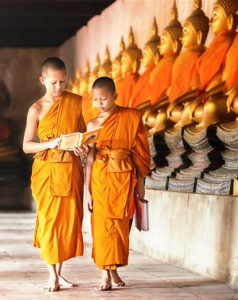


















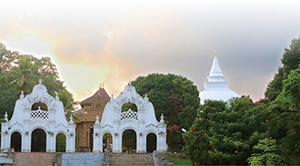








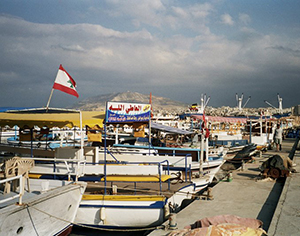



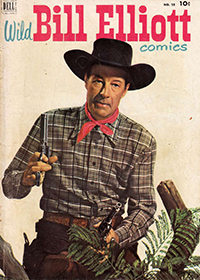


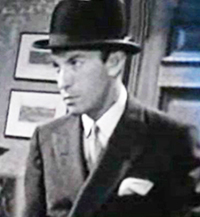
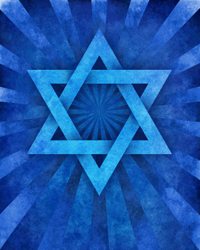
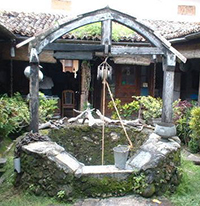

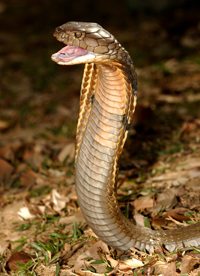
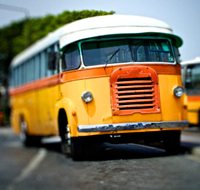

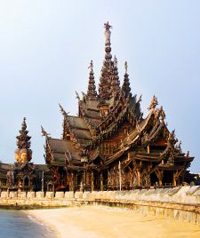
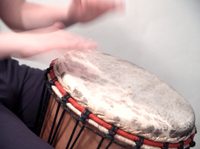
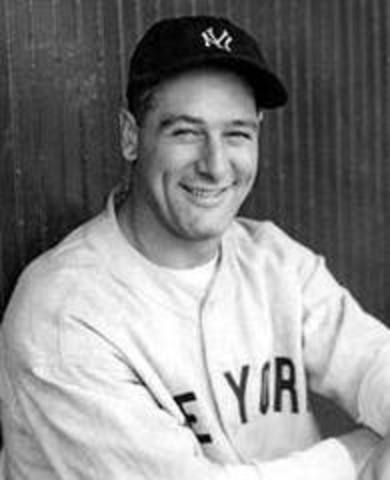
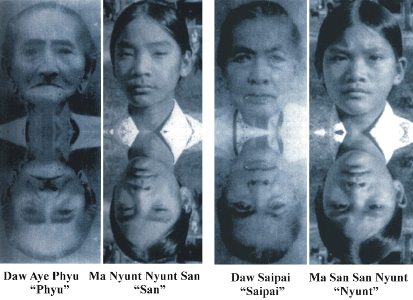

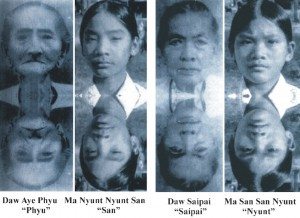
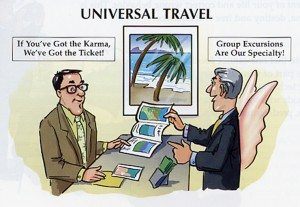 Think of your life as an extended vacation that you plan in advance. You decide who you want and need to see, where you want to go and what activities you would like to participate in. You coordinate your itinerary with the people you are to rendezvous with. You, your karmic friends and loved ones all agree to the plan before you are born.
Think of your life as an extended vacation that you plan in advance. You decide who you want and need to see, where you want to go and what activities you would like to participate in. You coordinate your itinerary with the people you are to rendezvous with. You, your karmic friends and loved ones all agree to the plan before you are born.